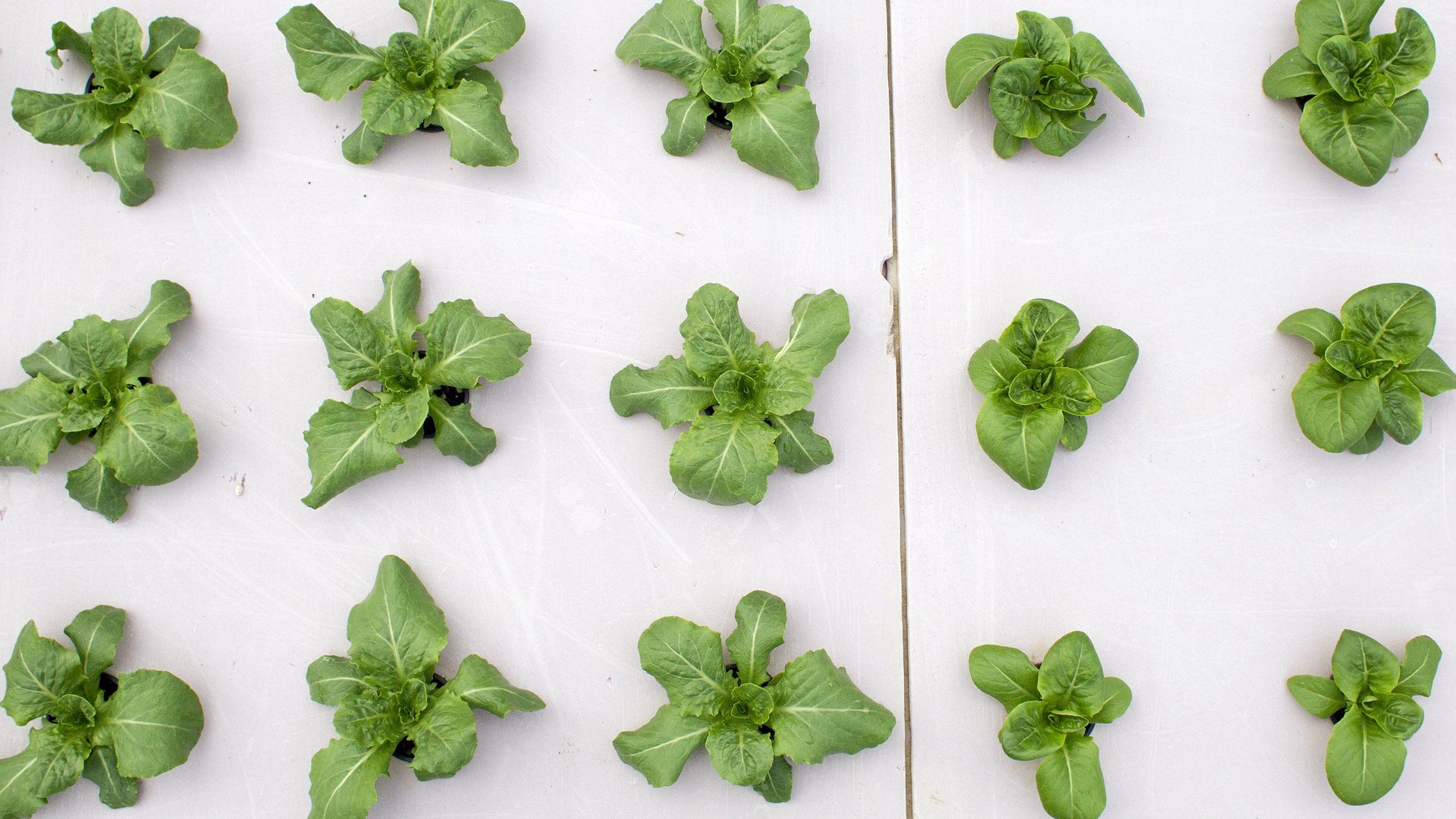The future of food is giant, floating solar-powered farms
The future is here and it is a floating farm.


The future is here and it is a floating farm.
The giant food industrial machine that feeds the world also pollutes it, and while the food movement has been imploring the masses to change their consumption habits for years, there might be a bigger, better, more ambitious solution than creating more farmers markets. Barcelona-based design firm Forward Thinking Architecture has proposed a 2.2 million square foot, solar-powered offshore floating farm, Smithsonian.com reports.
The barge would be 656 x 1,050 feet, multi-leveled and rectangular. The bottom level would include fish farms, a slaughterhouse, a packaging area, and a desalination plant. The next floor would have a greenhouse equipped with automatic hydroponics, complete with climate control to make growing crops possible. Because plants grown with hydroponics can be stacked on top of each other and don’t need rain, land, or pesticides, this could be the barge’s most important innovation. The roof will feature a photovoltaic power plant, as well as skylights that will bring in natural light for the hydroponic plants. Energy needs could be further supplemented by wind turbines and wave energy. The barge could also potentially turn its own waste into biogas to power the massive structure.

As the planet gets more and more populated, more food will be required to feed all those mouths—the United Nations has called for 70% more food by 2050. That’s where the designers think their plans could come in handy. ”Facing the current challenges of cities growing, land consumption and climate change, I believe this type of projects can give humanity a hand in a near future so we [don’t] only have to depend on traditional farming,” Javier Ponce, principle of the group, told Co.Exist.
The whole thing would be powered by technology, according to self-described “innovation engine” XPrize, with little human work required. And the yields could be enormous: 8.1 tons of vegetables, including arugula, broccoli and eggplants, and 1.7 tons of fish each year. The designers say the barges can be adapted depending on locale, and have named New York, Tokyo, Bangkok, Istanbul, and a slew of other cities as potential hosts.
For now, the design is just that—a design. But if it ever gets built, it would certainly make a splash.